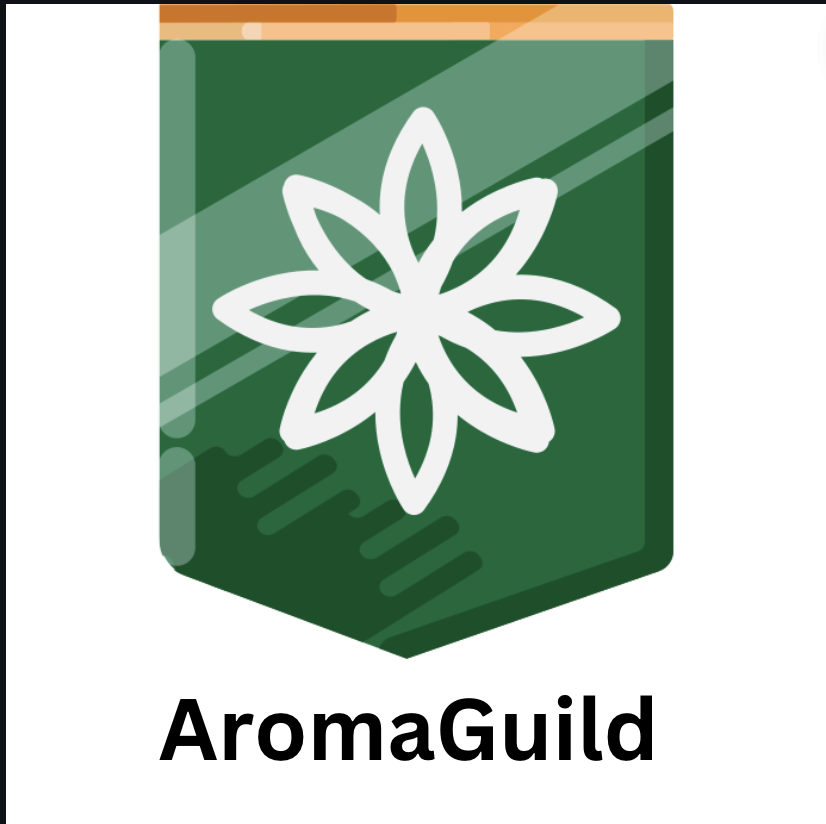Specialist Training and Experience
When selecting a reading tutor, dyslexia expertise comes first. Tutors trained in dyslexia-specific approaches like Orton-Gillingham or other organized literacy programs can better customize courses to a child’s requirements. Experience counts; a tutor who has worked with numerous dyslexic students is more likely to grasp their learning patterns, obstacles, and strengths. Asking for customer references or success stories might reveal the tutor’s efficacy.
Teaching Method
Also important is the tutor’s teaching style. Instruction for dyslexia must be precise, methodical, and multimodal. Lessons should reinforce learning with visual, aural, and kinesthetic methods. Tutors should describe their teaching method and show how it follows evidence-based approaches. Avoid instructors that just use general reading skills, as they may not address dyslexia’s decoding and phonological issues. A customized teaching strategy that matches the child’s growth is necessary for significant improvement.
Goal-setting and assessment
Goal-setting and assessment should be prioritized. A trained tutor should evaluate the child’s reading level, strengths, and weaknesses before tutoring. This first evaluation helps create a focused strategy and quantifiable targets. To tailor education to the child’s requirements, the tutor should monitor progress and notify parents. Transparent progress tracking is essential for academic growth and kid motivation and confidence.
Patience, empathy, communication
Patience, empathy, and communication are crucial for tutors. Dyslexic children generally struggle with reading and have poor self-esteem. An encouraging and patient instructor creates a supportive environment where errors are learned from. Positive reinforcement and constant encouragement can boost a child’s learning motivation. To foster a trusting connection, parents should watch tutor-child interactions.
Schedule and Flexibility
Scheduling, availability, and flexibility affect tutoring success. Dyslexia intervention requires consistency, so frequent sessions are best. However, the instructor should be flexible enough to accommodate the child’s speed or unexpected adjustments. Communication regarding session frequency, duration, and prices eliminates misunderstandings and keeps tutoring organized yet reasonable.
Partnership with Parents and Schools
Finally, tutor-parent-school coordination is crucial. Coordinated help for dyslexic children is often needed. Communicating with teachers and including parents in home practice improves tutoring results. Sharing ideas and progress reports may tie the child’s reading growth together, extending the advantages of tutoring beyond the session.
Conclusion
Choosing a dyslexic child’s reading tutor involves careful consideration of several criteria. Effective intervention requires specialized training, evidence-based instruction, careful evaluation, and progress monitoring. The tutor’s sensitivity, patience, communication, and ability to work with parents and schools are also crucial. By considering these factors, parents may choose a teacher who improves reading skills and inspires confidence, drive, and a lifetime love of learning. Dyslexic youngsters can improve their reading skills in a pleasant, controlled, and supportive atmosphere with the correct help.
